How to choose the best induction hob for ultra-fast energy-efficient cooking
Find the best inductions hobs for fast and controllable cooking
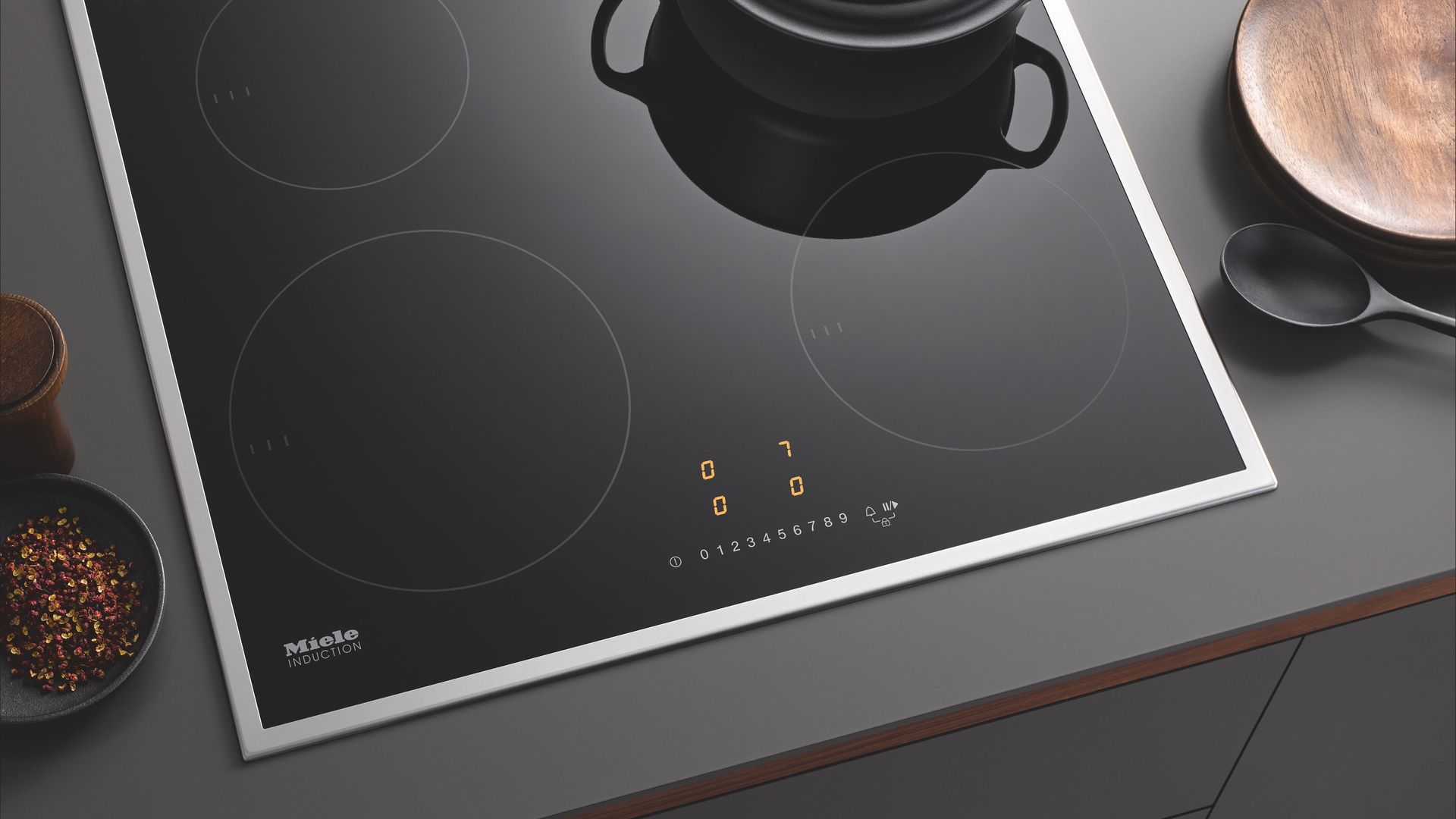

Thinking of switching to the best induction hob? This revolutionary method of cooking with magnets instead of direct heat has changed the game in the last 10 years or so, signalling the death knell of old-style electric, and eating into the dominance of gas.
As gas prices rise, it'll increasingly struggle to compete with the energy efficiency of the best induction hobs. And they're so damn easy to clean, too.
Keep reading to find our top three induction hobs, and our advice on how to pick one.
T3's Top 3
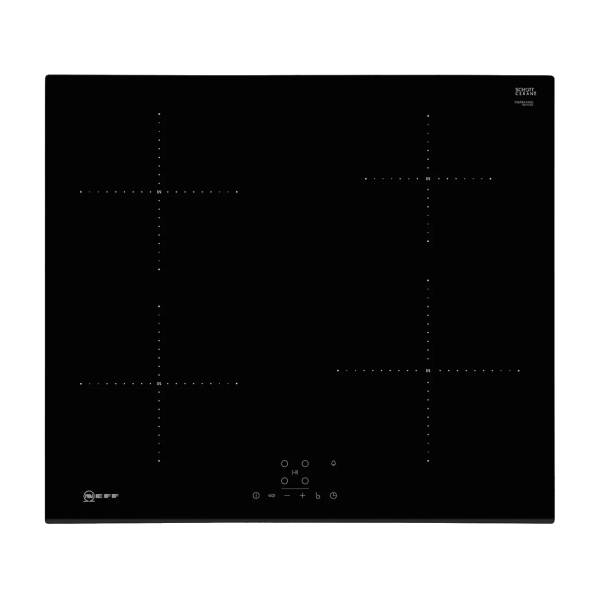
The best induction hob overall
The NEFF N 50 T36FB41X0G is speedy, easy to clean and can be plugged straight into a standard UK plug. Comprised of two 180mm zones, a 145mm medium-sized zone and a small 210mm zone, it boils water incredibly quickly, is instantly controllable and can comfortably run all four hobs at once at any power setting from 1 through 9.
Neff’s TouchControl interface is easy to use but it can sometimes be fiddly changing power settings, but above all, it initially saved us a shedload of money by not having to have a whole new ring main installed.
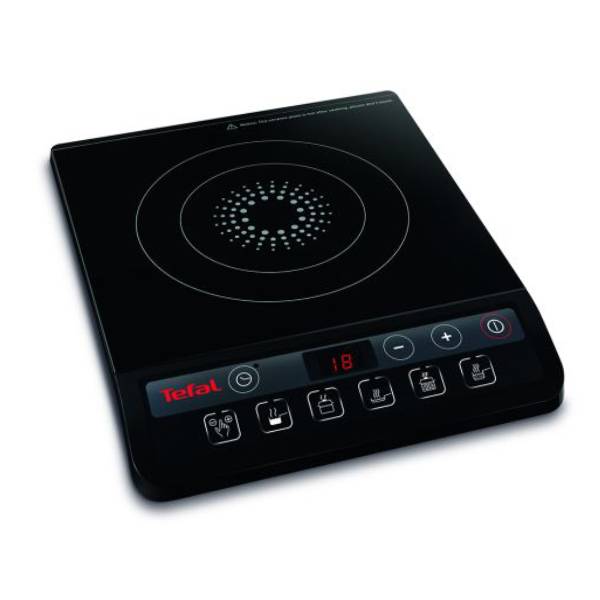
The best single-zone induction hob
The Tefal Everyday IH201840 is small, simple and perfect for travelling with. It's equipped with a tough ceramic surface and measures just 27cm in width, making it suitable for steel-bottomed pots and pans up to 25cm in diameter.
Its five pre-set modes – boil water, stir fry, deep fry, stew and heat milk – are a doddle to use and if you need to adjust the temperature, simply tap either the plus or minus icons. It also comes with a manual mode with nine power levels, from 450W to 2,100W.
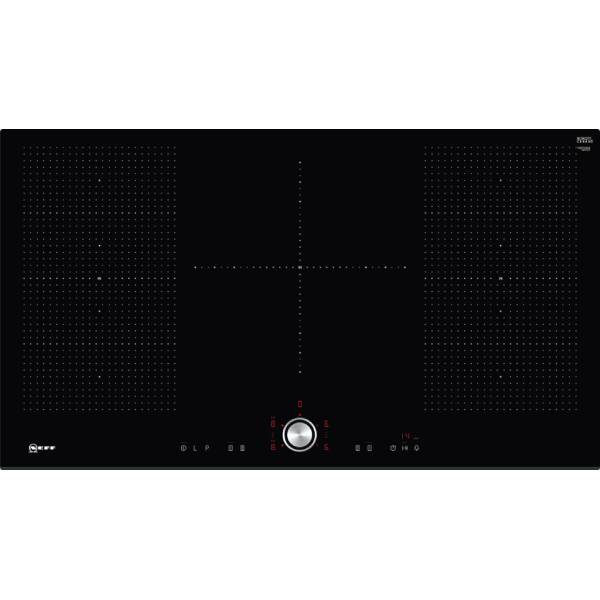
The best flexi-zone induction hob
The NEFF N 70 T59FT50X0 has a wide cooking surface, five-zones of induction and a clever touch dial for controls. This handsome slab has 90cm of meal estate and five-zone flex induction for convenience and outright efficiency.
A hot feature is Power Move, which provides one large cooking area with different zones for boiling in the front, simmering in the middle and warming at the far end. It's a knight in shining armour that makes all types of hob cooking a veritable delight. Just be sure your mains can accommodate its monstrous 11.1kW of electron oomph.
Induction hob FAQs
How do induction hobs work?
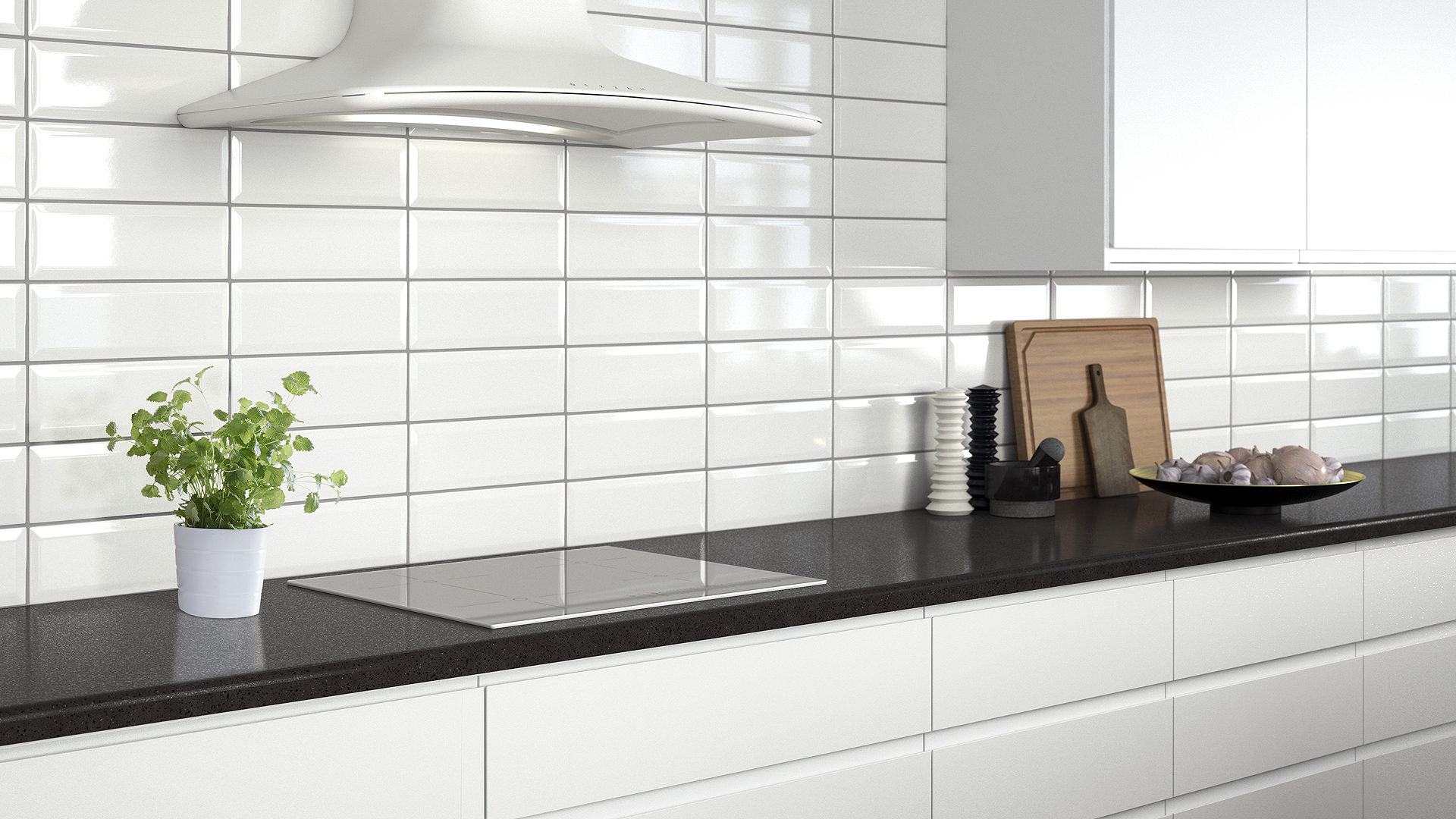
The induction cooktop has become commonplace now, yet still feels like the stuff of sci-fi. Unlike ceramic or gas hobs that heat the entire plate, induction hobs heat only the base of the pan and its contents. What’s more, they’re so efficient they can usually boil water more quickly than a kettle and are said to be 50% faster than gas.
So how do induction hobs work? That’ll be our old underrated friend magnetism. Even when the hob is on it remains cool to the touch, yet as soon as you place a saucepan on it, a whopping amount of heat is generated and before you know it you’ve whipped up a four-course banquet.
Having said that, a word of warning: don't put your hand on the hob when you lift the pan up, as heat will have transferred from the pan back into the glass of the hob. And because the whole hob is completely smooth, any spillages are very easily cleaned with a simple flick of a kitchen wipe.
However, there is a small but fairly significant caveat that should be considered before jumping on the induction bandwagon: induction only works with ferrous metals like steel and cast iron, and chances are at least some of your current cookware is of the wrong variety, so you'll need to replace them.
For more about induction hobs, see our 'what is an induction hob and how does it work?' guide.
What power requirements do induction hobs have?
Some induction hobs draw up to 7.4kw of current and that means having a separate ring main fitted if your current setup is, like many older kitchens, just a standard 13 amp cooker plug. Boy, did I find that out the hard way.
If you also have an electric oven on the same ring, you may in fact need an even higher rated cable. Bear this in mind because it’s the single most important consideration when purchasing any electrical cooking appliance.
I’d advise employing the services of an electrician beforehand just to be sure you won’t be purchasing a product that needs a whole new ring main installed at great cost (upwards of £500).
Do I need different pans for an induction hob?
Not checking if your pans work with your hob is one of the biggest mistakes everyone makes with induction hobs. But it's easy to check if they do: simply place a magnet to the base of each pot and pan. If it sticks you’re in luck; if not, you’ll need to fork out on some new pans.
The majority of induction hobs are swathed in a beautiful looking slab of ceramic glass. Be mindful that this surface is quite easily scratched by rough-bottomed cast iron cookware so position your Le Creuset casserole dish with care or stick to steel pans with smooth bottoms.
Get all the latest news, reviews, deals and buying guides on gorgeous tech, home and active products from the T3 experts
Derek (aka Delbert, Delvis, Delphinium, Delboy etc) specialises in home and outdoor wares, from coffee machines, white appliances and vacs to drones, garden gear and BBQs. He has been writing for more years than anyone can remember, starting at the legendary Time Out magazine – the original, London version – on a typewriter! He now writes for T3 between playing drums with his bandmates in Red Box (redboxmusic).
- Bethan MorganHome Editor
- Rob Clymo
